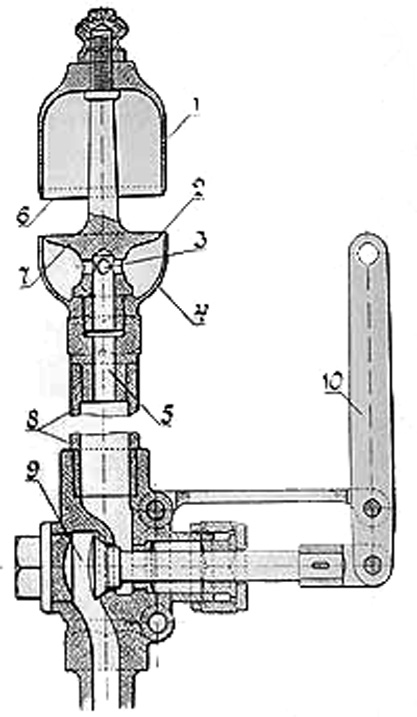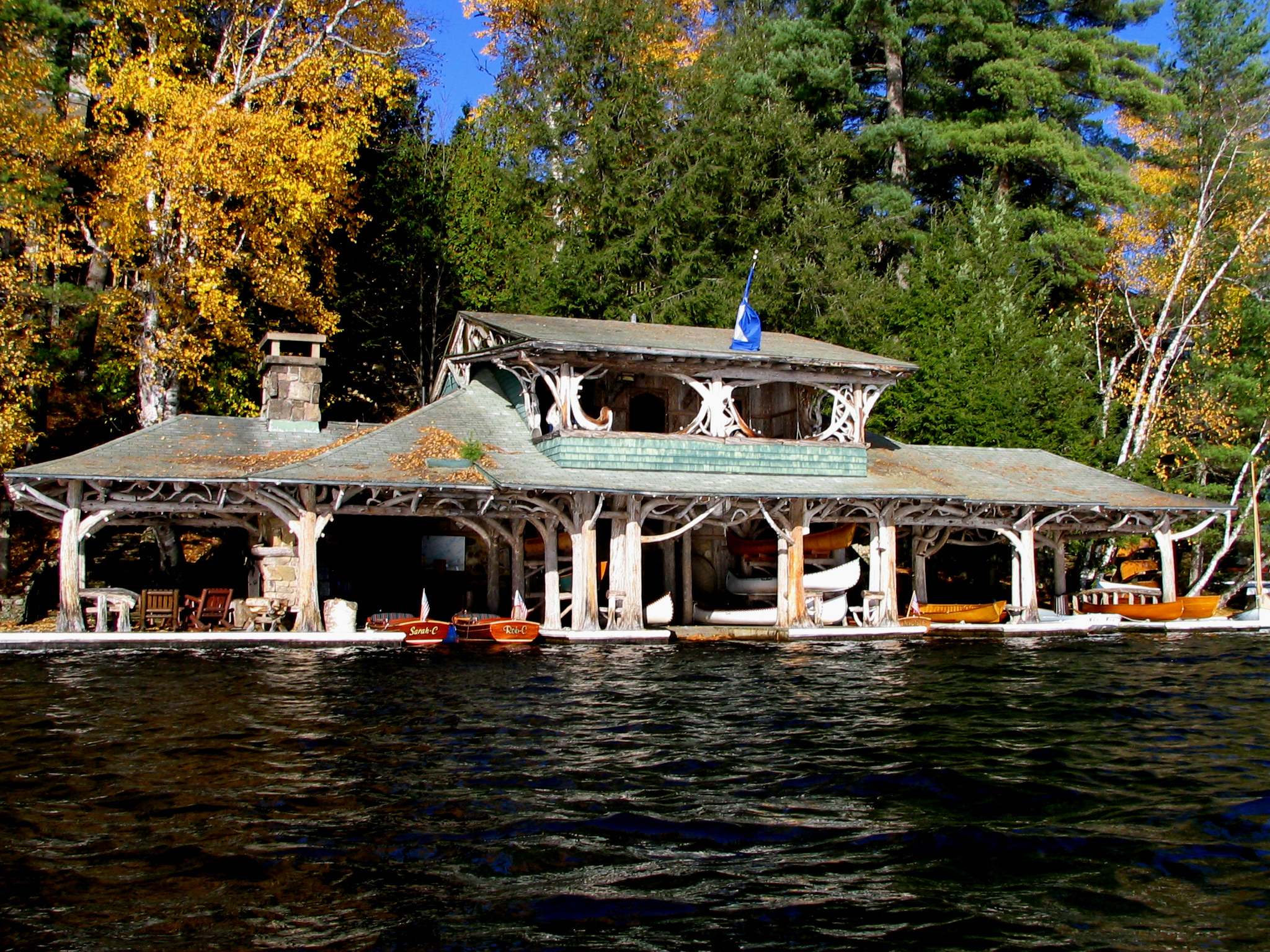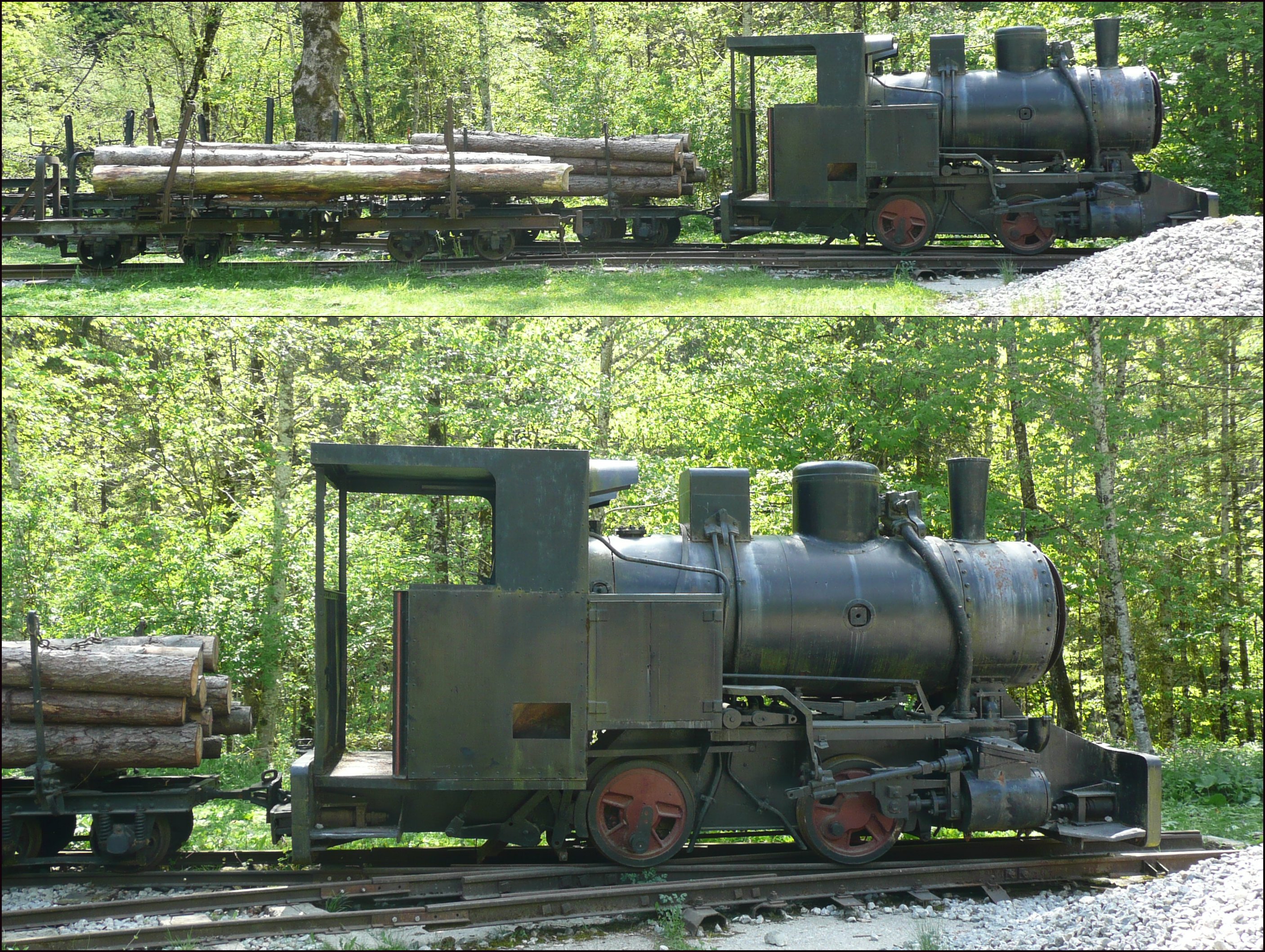|
Devils Island Lighthouse
The Devils Island Lighthouse is a lighthouse located on Devils Island, one of the Apostle Islands, in Lake Superior in Ashland County, Wisconsin, near the city of Bayfield. Among the Apostle Islands lighthousesa testament to its remotenessit was the last built, and the last automated and unmanned. History Currently owned by the National Park Service and part of the Apostle Islands National Lakeshore, it is a contributing property to the Apostle Islands Lighthouses and was added to the National Register of Historic Places in 1977.. It is also listed in the Library of Congress Historic American Buildings Survey, WI-324. Several other structures in the vicinity are also listed in HABS. The "Devils Island Light Station Cultural Landscape" was included as one of five lighthouses (with state-level significance) in the National Register of Historic Places nomination on March 8, 1977. It occupies approximately on the north lakeshore of the Devils Island. Within are several structur ... [...More Info...] [...Related Items...] OR: [Wikipedia] [Google] [Baidu] |
Devils Island (Wisconsin)
Devils Island is one of the twenty-two Apostle Islands of northern Wisconsin (USA), and has also been known as Louisiana Island (Henry R. Schoolcraft's 1820 map), Barney and Lamborn's Island ( Asaph Whittlesey's 1871 map), Brownstone Island, and Rabbit Island. The island is located in western Lake Superior off the Bayfield Peninsula, is centered at approximately 47°04'16.50" N 90°43'36.33" W and has a maximum elevation of 652' above sea level. The island rises only 50' above Lake Superior's official elevation of 602'. It is 318 acres in area. The island has no human inhabitants other than summer Park Service volunteers. It is managed by the National Park Service as part of the Apostle Islands National Lakeshore. The politician and author Samuel Fifield wrote in 1899 that, "The Indians in the early days declared it to be the home of Matchimanitou, the "evil spirit," whom Kitchie-Manitouo, the "great spirit," had imprisoned there. Hence its name, Devils Island." Governor Fif ... [...More Info...] [...Related Items...] OR: [Wikipedia] [Google] [Baidu] |
National Register Of Historic Places
The National Register of Historic Places (NRHP) is the United States federal government's official list of districts, sites, buildings, structures and objects deemed worthy of preservation for their historical significance or "great artistic value". A property listed in the National Register, or located within a National Register Historic District, may qualify for tax incentives derived from the total value of expenses incurred in preserving the property. The passage of the National Historic Preservation Act (NHPA) in 1966 established the National Register and the process for adding properties to it. Of the more than one and a half million properties on the National Register, 95,000 are listed individually. The remainder are contributing resources within historic districts. For most of its history, the National Register has been administered by the National Park Service (NPS), an agency within the U.S. Department of the Interior. Its goals are to help property owners a ... [...More Info...] [...Related Items...] OR: [Wikipedia] [Google] [Baidu] |
Fog Signal
A foghorn or fog signal is a device that uses sound to warn vehicles of navigational hazards such as rocky coastlines, or boats of the presence of other vessels, in foggy conditions. The term is most often used in relation to marine transport. When visual navigation aids such as lighthouses are obscured, foghorns provide an audible warning of rock outcrops, shoals, headlands, or other dangers to shipping. Description All foghorns use a vibrating column of air to create an audible tone, but the method of setting up this vibration differs. Some horns, such as the Daboll trumpet, used vibrating plates or metal reeds, a similar principle to a modern electric car horn. Others used air forced through holes in a rotating cylinder or disk, in the same manner as a siren. Semi-automatic operation of foghorns was achieved by using a clockwork mechanism (or "coder") to sequentially open the valves admitting air to the horns; each horn was given its own timing characteristics to help mar ... [...More Info...] [...Related Items...] OR: [Wikipedia] [Google] [Baidu] |
Steam Whistle
A steam whistle is a device used to produce sound in the form of a whistle using live steam, which creates, projects, and amplifies its sound by acting as a vibrating system (compare to train horn). Operation The whistle consists of the following main parts, as seen on the drawing: the whistle bell (1), the steam orifice or aperture (2), and the valve (9). When the lever (10) is actuated (usually via a pull cord), the valve opens and lets the steam escape through the orifice. The steam will alternately compress and rarefy in the bell, creating the sound. The pitch, or tone, is dependent on the length of the bell; and also how far the operator has opened the valve. Some locomotive engineers invented their own distinctive style of whistling. Uses of steam whistles Steam whistles were often used in factories, and similar places to signal the start or end of a shift, etc. steam-powered railway locomotives, traction engines, and steam ships have traditionally been fit ... [...More Info...] [...Related Items...] OR: [Wikipedia] [Google] [Baidu] |
Radio Tower
Radio masts and towers are typically tall structures designed to support antennas for telecommunications and broadcasting, including television. There are two main types: guyed and self-supporting structures. They are among the tallest human-made structures. Masts are often named after the broadcasting organizations that originally built them or currently use them. In the case of a mast radiator or radiating tower, the whole mast or tower is itself the transmitting antenna. Terminology The terms "mast" and "tower" are often used interchangeably. However, in structural engineering terms, a tower is a self-supporting or cantilevered structure, while a mast is held up by stays or guys. Broadcast engineers in the UK use the same terminology. A mast is a ground-based or rooftop structure that supports antennas at a height where they can satisfactorily send or receive radio waves. Typical masts are of steel lattice or tubular steel construction. Masts themselves play no part in t ... [...More Info...] [...Related Items...] OR: [Wikipedia] [Google] [Baidu] |
Radio Beacon
In navigation, a radio beacon or radiobeacon is a kind of beacon, a device that marks a fixed location and allows direction-finding equipment to find relative bearing. But instead of employing visible light, radio beacons transmit electromagnetic radiation in the radio wave band. They are used for direction-finding systems on ships, aircraft and vehicles. Radio beacons transmit a continuous or periodic radio signal with limited information (for example, its identification or location) on a specified radio frequency. Occasionally, the beacon's transmission includes other information, such as telemetric or meteorological data. Radio beacons have many applications, including air and sea navigation, propagation research, robotic mapping, radio-frequency identification (RFID), near-field communication (NFC) and indoor navigation, as with real-time locating systems (RTLS) like Syledis or simultaneous localization and mapping (SLAM). Types Radio-navigation beacons The ... [...More Info...] [...Related Items...] OR: [Wikipedia] [Google] [Baidu] |
Boathouse
A boathouse (or a boat house) is a building especially designed for the storage of boats, normally smaller craft for sports or leisure use. describing the facilities These are typically located on open water, such as on a river. Often the boats stored are rowing boats. Other boats such as punts or small motor boats may also be stored. A boathouse may be the headquarters of a boat club or rowing club and used to store racing shells, in which case it may be known as a shell house. Boat houses may also include a restaurant, bar,A Description of a boat house or other leisure facilities, perhaps for members of an associated club. They are also sometimes modified to include living quarters for people, or the whole structure may be used as temporary or permanent housing. In Scandinavia ... [...More Info...] [...Related Items...] OR: [Wikipedia] [Google] [Baidu] |
Wooden
Wood is a porous and fibrous structural tissue found in the stems and roots of trees and other woody plants. It is an organic materiala natural composite of cellulose fibers that are strong in tension and embedded in a matrix of lignin that resists compression. Wood is sometimes defined as only the secondary xylem in the stems of trees, or it is defined more broadly to include the same type of tissue elsewhere such as in the roots of trees or shrubs. In a living tree it performs a support function, enabling woody plants to grow large or to stand up by themselves. It also conveys water and nutrients between the leaves, other growing tissues, and the roots. Wood may also refer to other plant materials with comparable properties, and to material engineered from wood, or woodchips or fiber. Wood has been used for thousands of years for fuel, as a construction material, for making tools and weapons, furniture and paper. More recently it emerged as a feedstock for the productio ... [...More Info...] [...Related Items...] OR: [Wikipedia] [Google] [Baidu] |
Dock (maritime)
A dock (from Dutch ''dok'') is the area of water between or next to one or a group of human-made structures that are involved in the handling of boats or ships (usually on or near a shore) or such structures themselves. The exact meaning varies among different variants of the English language. "Dock" may also refer to a dockyard (also known as a shipyard) where the loading, unloading, building, or repairing of ships occurs. History The earliest known docks were those discovered in Wadi al-Jarf, an ancient Egyptian harbor, of Pharaoh Khufu, dating from c.2500 BC located on the Red Sea coast. Archaeologists also discovered anchors and storage jars near the site. A dock from Lothal in India dates from 2400 BC and was located away from the main current to avoid deposition of silt. Modern oceanographers have observed that the ancient Harappans must have possessed great knowledge relating to tides in order to build such a dock on the ever-shifting course of the Sab ... [...More Info...] [...Related Items...] OR: [Wikipedia] [Google] [Baidu] |
Engine
An engine or motor is a machine designed to convert one or more forms of energy into mechanical energy. Available energy sources include potential energy (e.g. energy of the Earth's gravitational field as exploited in hydroelectric power generation), heat energy (e.g. geothermal), chemical energy, electric potential and nuclear energy (from nuclear fission or nuclear fusion). Many of these processes generate heat as an intermediate energy form, so heat engines have special importance. Some natural processes, such as atmospheric convection cells convert environmental heat into motion (e.g. in the form of rising air currents). Mechanical energy is of particular importance in transportation, but also plays a role in many industrial processes such as cutting, grinding, crushing, and mixing. Mechanical heat engines convert heat into work via various thermodynamic processes. The internal combustion engine is perhaps the most common example of a mechanical heat engine, in ... [...More Info...] [...Related Items...] OR: [Wikipedia] [Google] [Baidu] |
Brownstone
Brownstone is a brown Triassic–Jurassic sandstone that was historically a popular building material. The term is also used in the United States and Canada to refer to a townhouse clad in this or any other aesthetically similar material. Types Apostle Island brownstone In the 19th century, Basswood Island, Wisconsin was the site of a quarry run by the Bass Island Brownstone Company which operated from 1868 into the 1890s. The brownstone from this and other quarries in the Apostle Islands was in great demand, with brownstone from Basswood Island being used in the construction of the first Milwaukee County Courthouse in the 1860s. Hummelstown brownstone Hummelstown brownstone is extremely popular along the East Coast of the United States, with numerous government buildings throughout West Virginia, Pennsylvania, New York, Maryland, and Delaware being faced entirely with the stone, which comes from the Hummelstown Quarry in Hummelstown, Pennsylvania, a small town outside of Har ... [...More Info...] [...Related Items...] OR: [Wikipedia] [Google] [Baidu] |
Tramway (industrial)
Tramways are lightly laid railways, sometimes with the wagons or carriages moved without locomotives. Because individual tramway infrastructure is not intended to carry the weight of typical standard-gauge railway equipment, the tramways over which they operate may be built from less substantial materials. Tramways can exist in many forms; sometimes just tracks temporarily placed on the ground to transport materials around a factory, mine or quarry. Many, if not most, use narrow-gauge railway technology. The trains can be manually pushed by hand, pulled by animals (especially horses and mules), cable hauled by a stationary engine, or use small, light locomotives. The term is not in use in North America but in common use in the United Kingdom, and elsewhere, where British Railway terminology and practices had large influences on management practices, terminology, and railway cultures such as Australia, New Zealand, and those parts of Asia that consulted with British experts whe ... [...More Info...] [...Related Items...] OR: [Wikipedia] [Google] [Baidu] |









